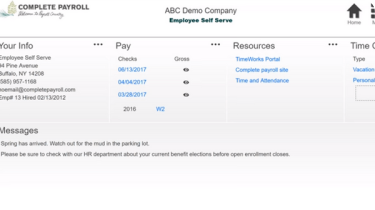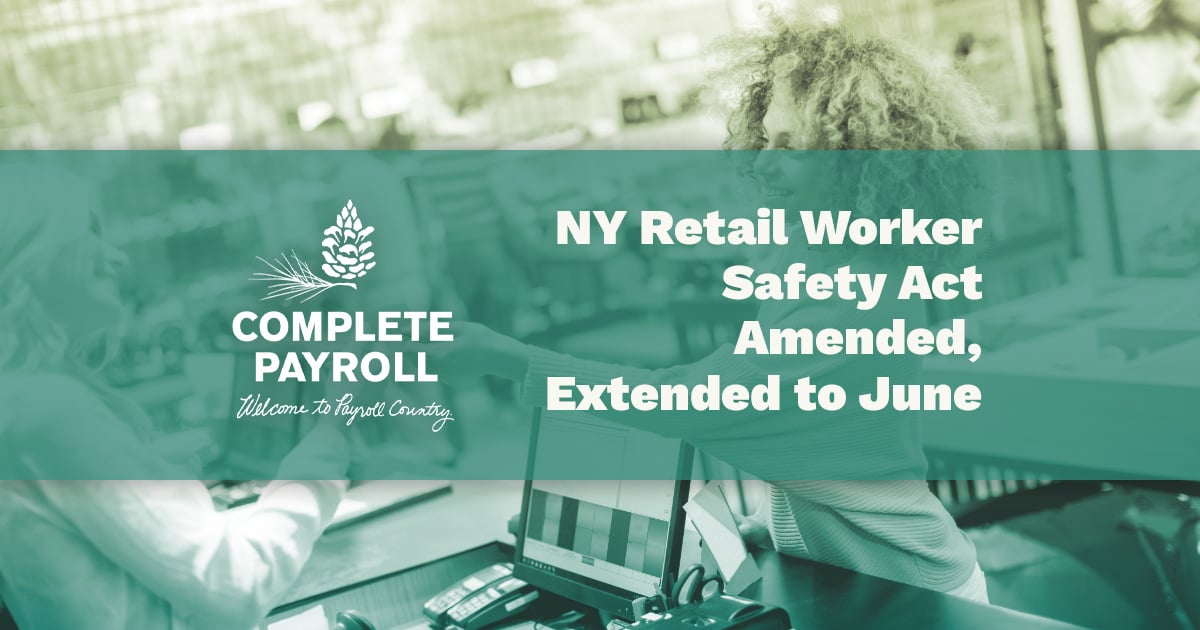Federal Worker Adjustment and Retraining Notification Act (WARN)
Overview of Law
The Worker Adjustment and Retraining Notification Act (WARN) requires employers to provide notice 60 days in advance of certain plant closings and mass layoffs. This notice must be provided to affected workers (or their representatives), the state dislocated worker unit and the appropriate unit of local government.
Employer Coverage
In general, employers are covered by WARN if they have 100 or more employees, not counting employees who have worked less than six months in the last 12 months and not counting employees who work an average of fewer than 20 hours a week. Private, for-profit employers and private, nonprofit employers are covered, as are public and quasi-public entities which operate in a commercial context and are separately organized from the regular government.
What Triggers Notice
Plant Closing: Employers must give notice if a worksite (or one or more facilities or operating units within a worksite) will be shut down, which will result in an employment loss (as defined below) for 50 or more employees during any 30-day period. This does not count employees who have worked less than six months in the last 12 months or employees who work an average of fewer than 20 hours a week for that employer.
Mass Layoff: Employers must give notice if there will be a mass layoff that will result in an employment loss at the worksite during any 30-day period for 500 or more employees, or for 50-499 employees if they make up at least 33% of the employer's active workforce. Again, this does not count employees who have worked less than six months in the last 12 months or employees who work an average of fewer than 20 hours a week for that employer.
Combination: Employers also must give notice if the number of employment losses for two or more groups of workers in combination reaches the threshold level, during any 90-day period, of either a plant closing or mass layoff. Job losses within any 90-day period will count together toward WARN threshold levels unless the employer demonstrates that the employment losses during the 90-day period are the result of separate and distinct actions and causes.
Sale of Businesses
In a situation involving the sale of part or all of a business, the following requirements apply:
- In each situation, there is always an employer responsible for giving notice.
- If the sale by a covered employer results in a covered plant closing or mass layoff, the required parties (discussed later) must receive at least 60 days’ notice.
- The seller is responsible for providing notice of any covered plant closing or mass layoff which occurs up to and including the date/time of the sale.
- The buyer is responsible for providing notice of any covered plant closing or mass layoff which occurs after the date/time of the sale.
- No notice is required if the sale does not result in a covered plant closing or mass layoff.
- Employees of the seller (other than employees who have worked less than six months in the last 12 months or employees who work an average of fewer than 20 hours a week) on the date/time of the sale become, for purposes of WARN, employees of the buyer immediately following the sale. This provision preserves the notice rights of the employees of a business that has been sold.
Employment Loss
The term "employment loss" means:
- An employment termination, other than a discharge for cause, voluntary departure, or retirement;
- A layoff exceeding six months; or
- A reduction in an employee's hours of work of more than 50% in each month of any six-month period.
Certain exceptions exist for transfers of employees between worksites.
Exemptions
An employer does not need to give notice if a plant closing is the closing of a temporary facility or if the closing or mass layoff is the result of the completion of a particular project or undertaking. This exemption applies only if the workers were hired with the understanding that their employment was limited to the duration of the facility, project, or undertaking. An employer cannot label an ongoing project "temporary" in order to evade its obligations under WARN.
An employer does not need to provide notice to strikers or to workers who are part of the bargaining unit that is involved in the labor negotiations that led to a lockout when the strike or lockout is equivalent to a plant closing or mass layoff. Non-striking employees who experience an employment loss as a direct or indirect result of a strike and workers who are not part of the bargaining unit(s) which are involved in the labor negotiations that led to a lockout are still entitled to notice.
An employer does not need to give notice when permanently replacing a person who is an "economic striker" as defined under the National Labor Relations Act.
Who Must Receive Notice
The employer must give written notice to all employees who may reasonably be expected to experience an employment loss and to the chief elected officer of the exclusive representative or bargaining agency of affected employees. This includes employees who may lose their employment due to "bumping," or displacement by other workers, to the extent that the employer can identify those employees when notice is given. If an employer cannot identify employees who may lose their jobs through bumping procedures, the employer must provide notice to the incumbents in the jobs that are being eliminated.
Employees who have worked less than six months in the last 12 months and employees who work an average of fewer than 20 hours a week must receive notice, even though they are not counted when determining the trigger levels.
The employer must also provide notice to the state dislocated worker unit and to the chief elected official of the unit of local government in which the employment site is located.
Notification Period
Except as listed below, notice must be timed to reach everyone at least 60 days before a closing or layoff. When the individual employment separations occur on more than one day, the notices are due to the representative, state dislocated worker unit, and local government at least 60 days before each separation. If the workers are not represented, each worker's notice is due at least 60 days before that worker's separation.
The exceptions to the 60-day notice requirement are as follows:
- When a plant closes because a company has sought new capital or business to stay open and giving notice would ruin the opportunity to get the new capital or business
- When closing or layoff is caused by business circumstances that were not reasonably foreseeable at the time notice would otherwise have been required
- When closing or layoff is the direct result of a natural disaster, such as a flood, earthquake, drought, or storm
The employer also must give as much notice as is practicable. When the notices are given, they must include a brief statement of the reason for reducing the notice period in addition to the items required in the notices.
Notice
No particular form of notice is required. However, all notices must be in writing. Any reasonable method of delivery designed to ensure receipt 60 days before a closing or layoff is acceptable.
The notice must be specific. Notice may be given conditionally upon the occurrence or non-occurrence of an event only when the event is definite and its occurrence or nonoccurrence will result in a covered employment action less than 60 days after the event.
The content of the notices to the required parties is listed in the WARN final regulations, accessible here. Additional notice is required when the date or 14-day period for a planned plant closing or mass layoff is extended beyond the date or 14-day period announced in the original notice.
Got a labor law question?
Our team helps employers with labor law compliance every day. Complete the form below to ask a question or request some help.
General Disclaimer
The materials and information available at this website and included in this blog are for informational purposes only, are not intended for the purpose of providing legal advice, and may not be relied upon as legal advice. The employees of Complete Payroll are not


















